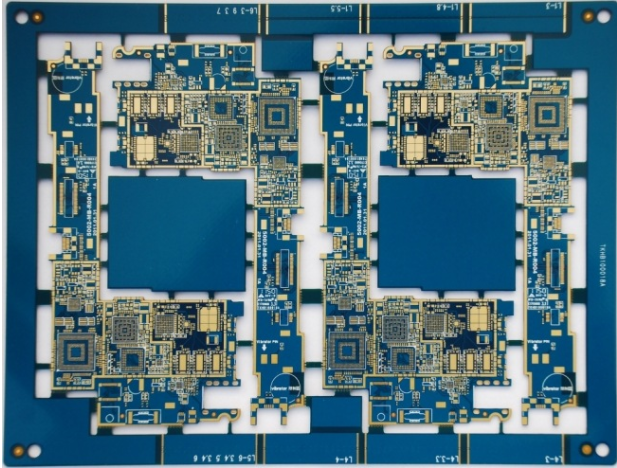Inventory the important features of high-reliability PCB
PCB high frequency board proofing
1. Whether in the manufacturing and assembly process or in actual use, the PCB boardmust have reliable performance. In addition to related costs, PCBs may also introduce defects into the final product during the assembly process, and may malfunction during actual use, leading to claims. Therefore, from this perspective, it is no exaggeration to say that the cost of high-quality PCBs is negligible. In all market segments, especially in the market segmentation of products produced in key applications, the consequences of this failure are unimaginable. These aspects should be kept in mind when comparing PCB prices. Although the initial cost of reliable, guaranteed, and long-life products is high, they are still worth the money in the long run. Let's look at the 14 most important characteristics of high-reliability boards: The copper wall thickness is 1.25 microns. Benefits: Improve reliability, including improving z-axis expansion resistance. Risk of not doing so: In actual use, electrical connection problems may occur during blowing or degassing, assembly (inner layer separation, hole wall cracking) or failure.
2. There is no need to weld or break during maintenance. Benefits: The complete circuit guarantees reliability and safety, no maintenance, no risk. Risk of not doing so. If the repair is not done properly, the board will be broken. Even if repaired properly, in actual use, there is a risk of failure under load (vibration, etc.).

3. Cleaning requirements exceed IPC specifications. Benefits F4BM polytetrafluoroethylene high-frequency boards improve the cleanliness of printed circuit boards to improve reliability. Risks of not doing so The accumulation of slag and solder on the board poses a risk to the solder mask. Ion residues can cause corrosion and contamination of the soldering surface, which can cause reliability issues (bad solder joints/electrical failure) and ultimately increase the possibility of actual failure.
4. Strictly control the service life of each surface treatment. Benefits Solderability, reliability, and reduce the risk of moisture intrusion. Risk of not doing so. Due to the metallographic changes in the surface treatment of old printed circuit boards, soldering problems may occur. During the assembly process and/or during actual use, moisture intrusion may cause delamination, separation (open circuit) of the inner wall and the hole wall.
5. Use internationally renowned substrates-do not use "local" or unknown brands Benefits Improve reliability and known performance Risks of not doing so Poor mechanical performance means that the PCB cannot work as expected under assembly conditions. For example, higher expansion properties may cause problems such as delamination, open circuit, and warpage. The decrease in electrical characteristics leads to a decrease in impedance performance.
6. CCL tolerance meets IPC4101 class b/L requirements. Benefits Strict control of the thickness of the dielectric layer can reduce the expected deviation of electrical performance. Risks of not doing so The electrical performance may not meet the requirements, and the output/performance of the same batch of components will vary greatly.
7. Define solder mask materials to ensure compliance with IPC-SM-840 level requirements. Benefits "Excellent" inks provide ink safety and ensure that solder mask inks comply with UL standards. Risks of not doing so Poor ink quality can cause problems with adhesion, anti-magnetic flux, and hardness. All of these problems can cause the solder barrier layer to fall off the circuit board and ultimately lead to corrosion of the copper circuit. Poor insulation can be caused by a short circuit caused by an accidental electrical connection/arc.
8. Define the tolerances of shapes, holes and other mechanical characteristics Benefits Strict tolerance control improves the dimensional quality of the product, and improves the fit, shape and function of the product. Risks of not doing so. Problems in the assembly process, such as alignment/fitting (presser foot problems are only discovered after assembly is completed). In addition, as the dimensional deviation increases, problems also arise in the installation of the base.
9. There are no relevant regulations on the IPC requirements for the thickness of solder bumps. Benefits Improve electrical insulation performance, reduce the risk of falling off or losing adhesion, and enhance the ability to resist mechanical shocks-wherever mechanical shocks occur! The risk of not doing this The thin resistive layer of the 4-layer 1-stage module half-hole plate will cause problems such as adhesion, flux resistance, and hardness. All of these problems can cause the solder barrier layer to fall off the circuit board and ultimately lead to corrosion of the copper circuit.